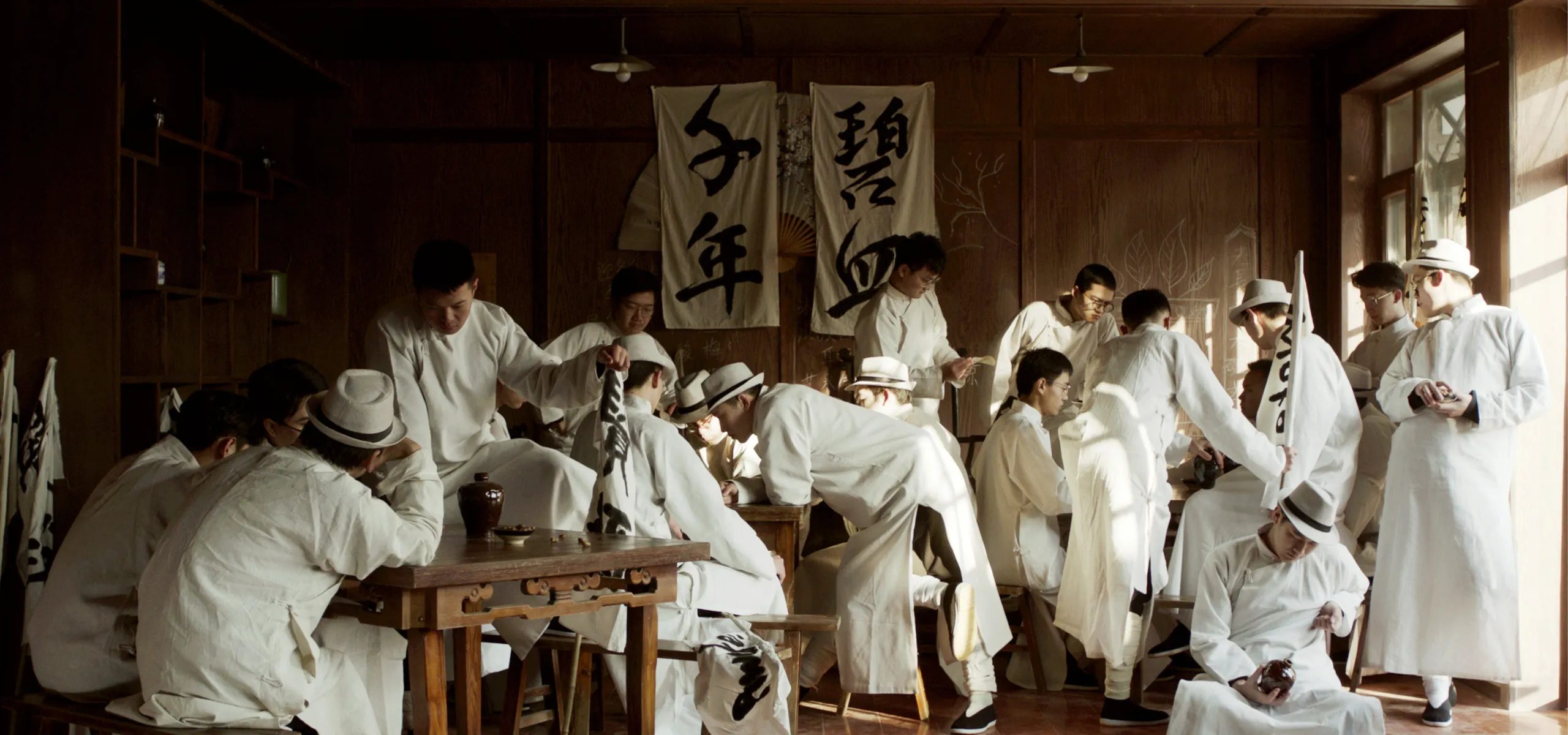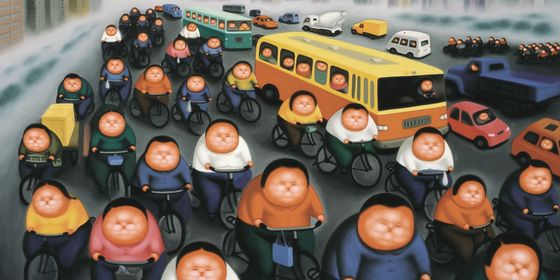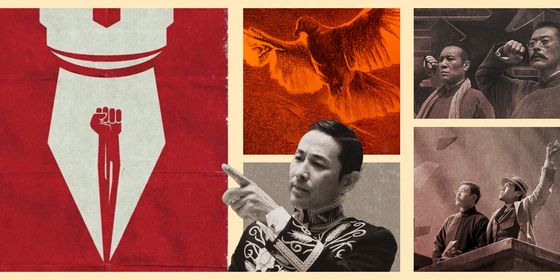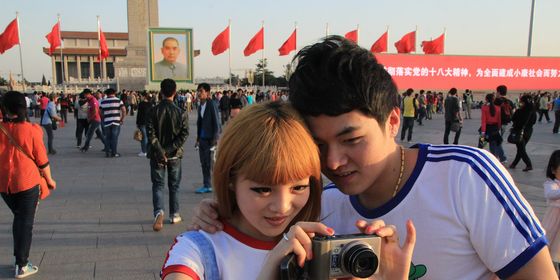Artist Wang Tuo offers macabre meditations on China's past and present
Out of the darkness, the three giant screens illuminate the ghosts of past and present in a rolling triptych. Two show a bespectacled scholar of the “May Fourth” era hanging himself to the sound of an ominous backing choir, while the third has bass guitarists thrashing onstage to their own raging reveries.
The second screen now switches to a pond of lotus leaves. It is usually a symbol of virtue and restraint, but here represents pressure—a tangled thicket overwhelming the viewer and stretching as far as the eye can see, a skewed vision of infinite chaos.
Welcome to the sinister and confusing version of China seen through the lens of video artist Wang Tuo, which harnesses the cold, unearthly power of “pan-shamanism” to transcend our hard dichotomies of past and present, fact and fiction, natural and supernatural. This self-invented philosophy allows Wang’s characters to engage in a dialogue with history, bringing disparate actions to bleed together in a collection of films collectively titled The Northeast Tetralogy, a project that began in 2018.
The work is being shown as a whole for the first time in Beijing by the UCCA from June 6 to September 5, alongside Wang’s other works. It is a serious business. Academic papers hang down from clipboards for the viewer to consult as they navigate through darkened rooms and Wang’s labyrinth of historical references. We’re a long way from the pink neon and inflatable octopuses of Cao Fei (the video artist most recently shown in UCCA’s main exhibition hall).
Wang Tuo’s Savage Country is a story from our issue, “Call of the Wild.” To read the entire issue, become a subscriber and receive the full magazine.













